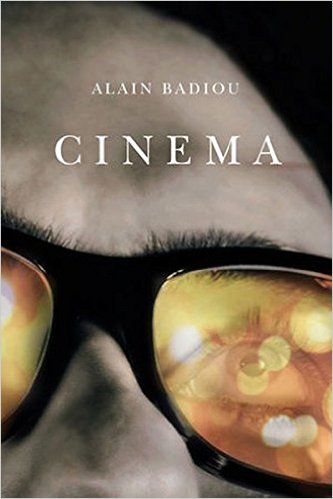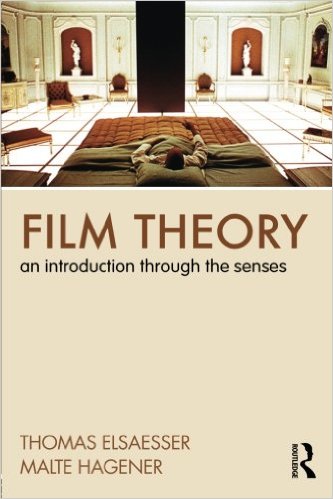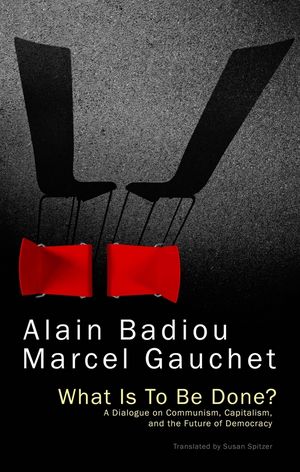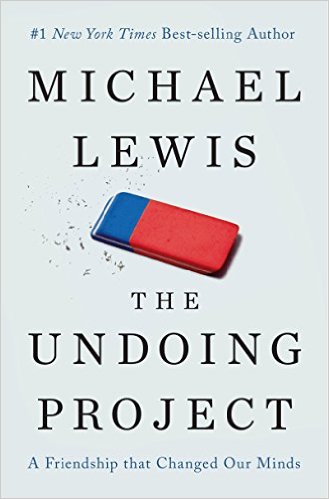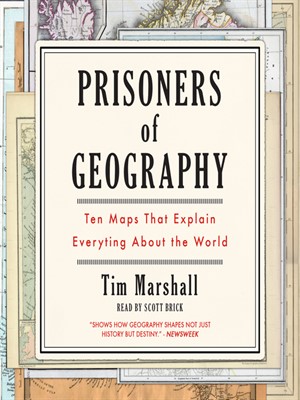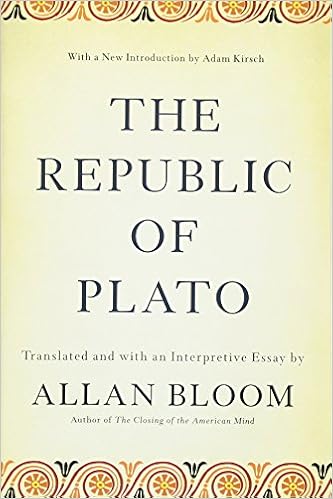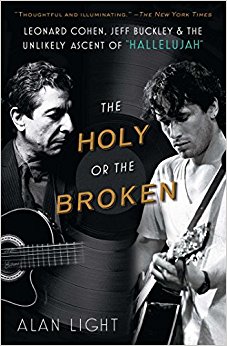What's Everyone Reading
- Thread starter Steve Williams
- Start date
You are using an out of date browser. It may not display this or other websites correctly.
You should upgrade or use an alternative browser.
You should upgrade or use an alternative browser.
Adding another to the pile:
View attachment 30344
*For those of you who've read Kahneman's Thinking, Fast & Slow, this provides a fascinating insight not only into Kahneman and Tversky's relationship and work, but highlights the problem of too small sample sizes and the risk of underpowered studies.
Loved "Thinking, Fast and Slow". Look forward to this one.
Just finished Jonathan Haidt's "The Righteous Mind"

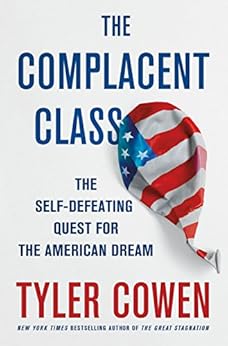
"Tyler Cowen's blog, Marginal Revolution, is the first thing I read every morning. And his brilliant new book, The Complacent Class, has been on my nightstand after I devoured it in one sitting. I am at round-the-clock Cowen saturation right now."--Malcolm Gladwell
"Tyler Cowen is an international treasure. Endlessly inventive and uniquely wide-ranging, he has produced a novel account of what ails us: undue complacency. No one but Cowen would ask, 'Why Americans stopped rioting and instead legalized marijuana.' He admires risk-taking, and he likes restlessness, and he thinks the United States needs lots more of both. Don't be complacent: Read this book!"--Cass R. Sunstein, Harvard University, and author of #Republic: Divided Democracy in the Age of Social Media

It was E. T. A. Hoffmann (1776-1822) who first explored many of the themes and techniques which were later used by writers from Dickens to Dostoyevsky, Poe to Kafka, Baudelaire to Marquez. His career reached a glorious climax in The Tomcat Murr, perhaps the strangest novel of the nineteenth century.. "Hoffmann was a follower of Cervantes and Sterne, a pioneering 'magic realist', fascinated by Gothic horror, extreme mental states and supernatural events occurring within sharply (and sometimes satirically) rendered social settings. A talented composer and painter, he portrayed himself in the guise of Johannes Kreisler - the hypochondriac, antisocial and moody but brilliant musician. In this astonishing book, a vain and very bourgeois tomcat sets out to write his memoirs, using a biography of Kreisler as a blotting pad. By a printer's error, the two lives get spliced together into a bizarre double narrative. A supreme example of literary bravado, The Tomcat Murr is also shot through with the warmth, humanity and almost uncanny ability to captivate his readers which make Hoffmann the greatest of German story-tellers.

It’s easy to make fun of the artisanal-loving hipster bohos of Brooklyn, and many have done it before. Luckily, Ms. Rosenfeld is an astute anthropologist whose satire reaches fresh levels of absurdity. Thus, the building Matt and Karen live in is a “converted 19th-century macaroni factory,” whatever that is. The dads at Ruby’s new school all wear navy-blue ski caps, even though it is hot outside.
At Mather, the “arts enrichment” program includes a fourth-grade trip to “La Bohème” and, for the third grade, a “kid-friendly version of ‘Schindler’s List’” performed by “an experimental puppeteering troupe.”
Ms. Rosenfeld does not mean for us to like Karen all the time, and indeed, the character describes herself as a “neurotic elitist.” But as we ponder the bigger questions the book poses about race and class in America, subjects bravely tackled by the author through this flawed character, it can be exhausting to be always inside Karen’s brain, with its ricocheting emotions and kamikaze self-analysis. The unexamined life is surely not worth living, but the overexamined life — that’s a different kind of hell.
You want these characters to stop it with their aggressive parenting; their law-enforcement attitude toward food; their Talmudic attention to even the briefest encounter. And by the end of the book, Karen is learning to relax, at least a little, and to fetishize her emotions a bit less. It would be nice if we could all do that. Shut up. Just do the thing. Give the kid the cookie.
The Holy or the Broken: Leonard Cohen, Jeff Buckley and the Unlikely Ascent of "Hallelujah," by Alan Light (Atria Books, 2012).
View attachment 33645
H Ron,
Sorry for interjecting this into the thread, which is, after all, about books, but if you haven't seen this, and are a fan of the song, this version never fails to move me to tears.
Be well,
853guy
Similar threads
- Replies
- 5
- Views
- 231
- Replies
- 2
- Views
- 728
- Replies
- 0
- Views
- 786
- Replies
- 52
- Views
- 4K
- Replies
- 15
- Views
- 3K
| Steve Williams Site Founder | Site Owner | Administrator | Ron Resnick Site Owner | Administrator | Julian (The Fixer) Website Build | Marketing Managersing |


